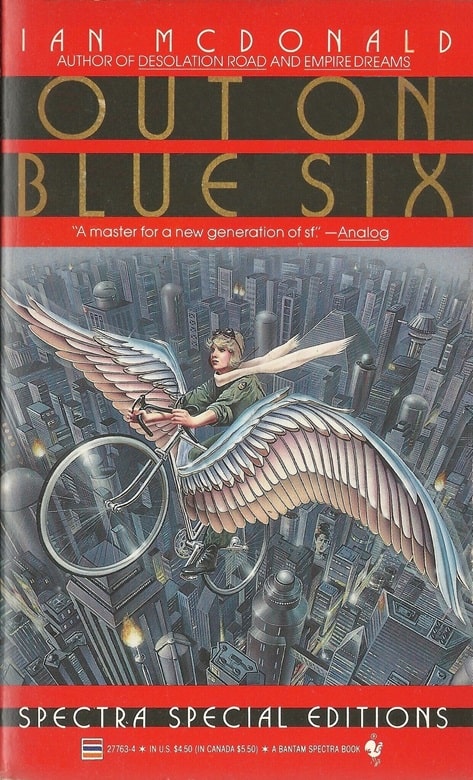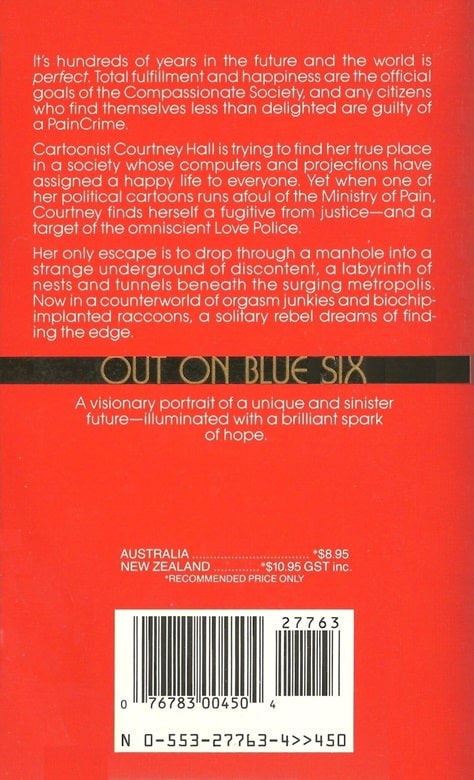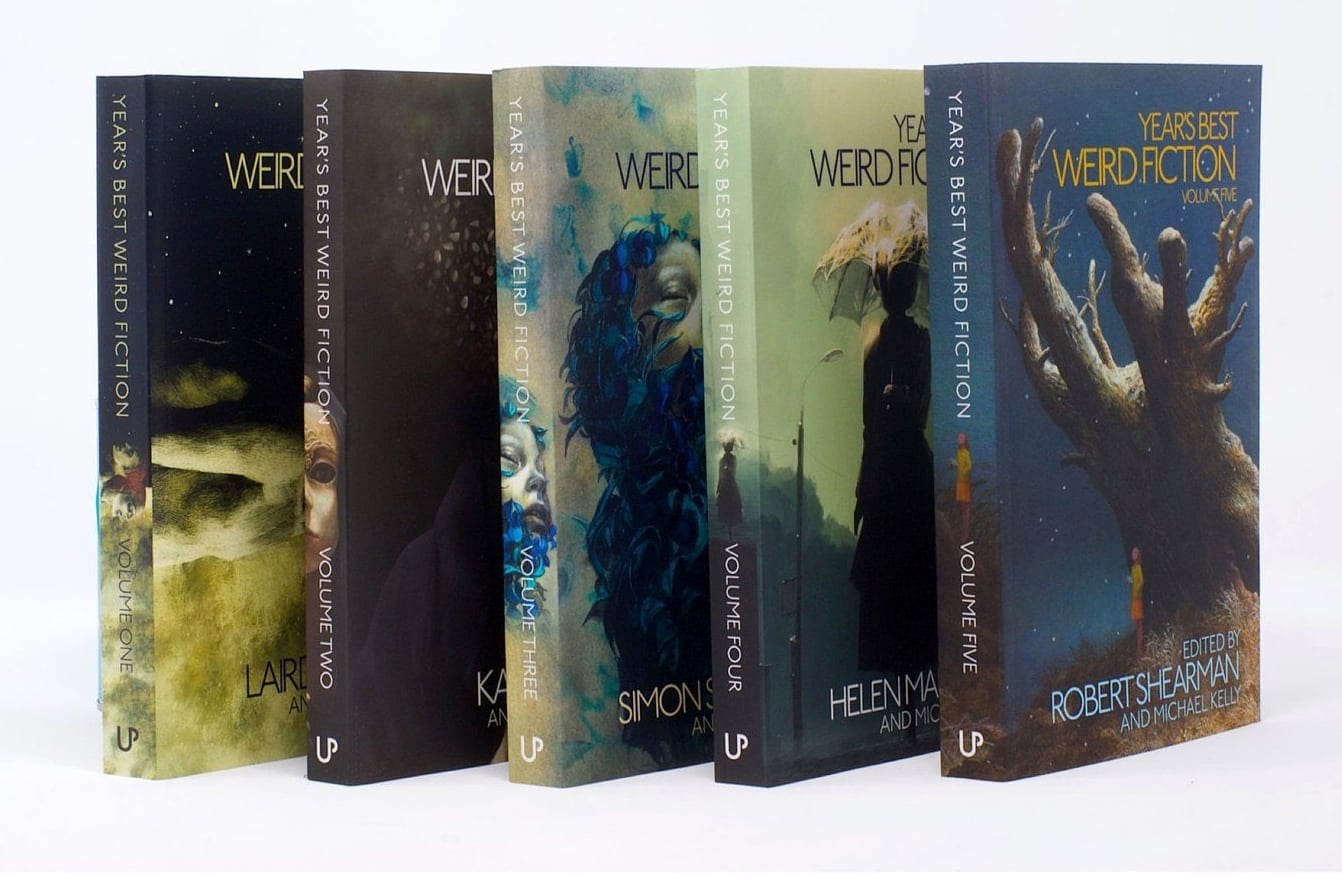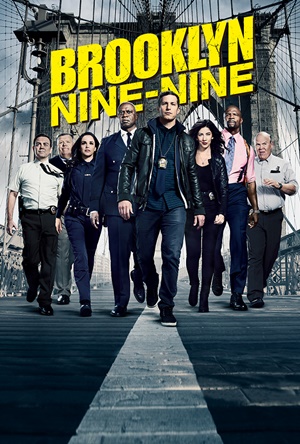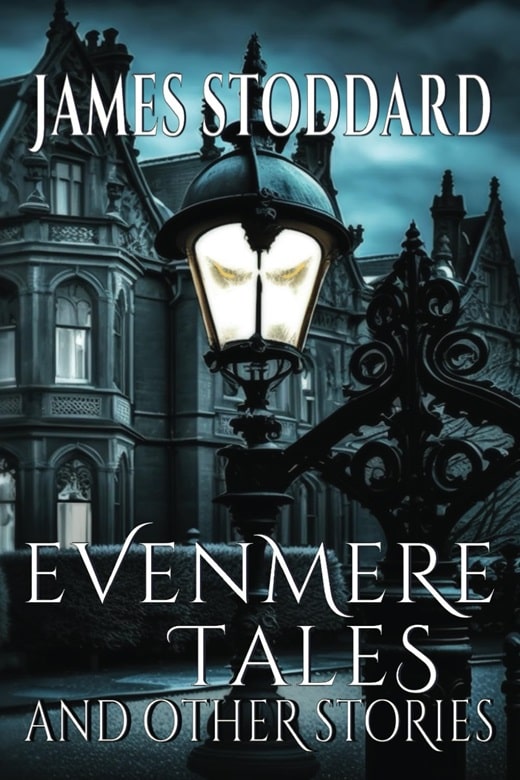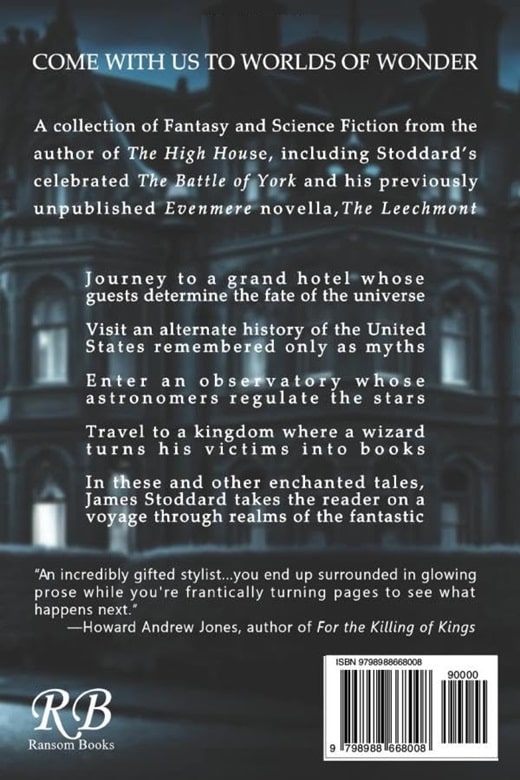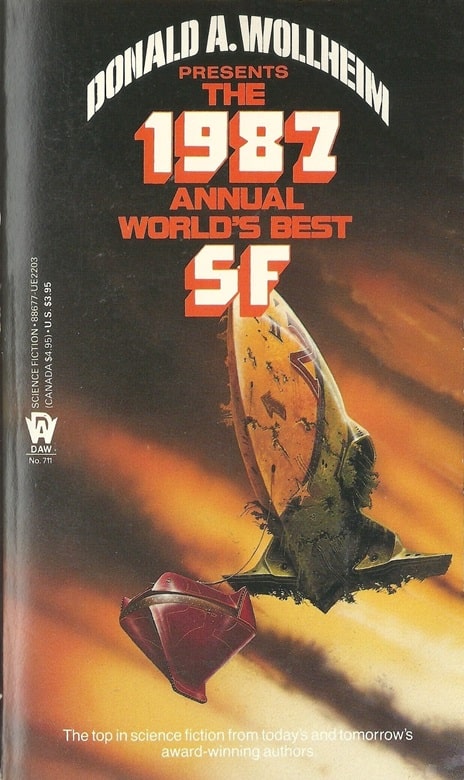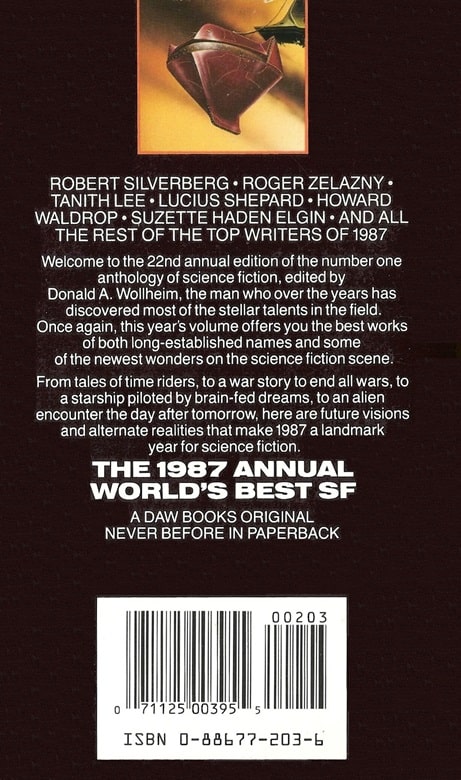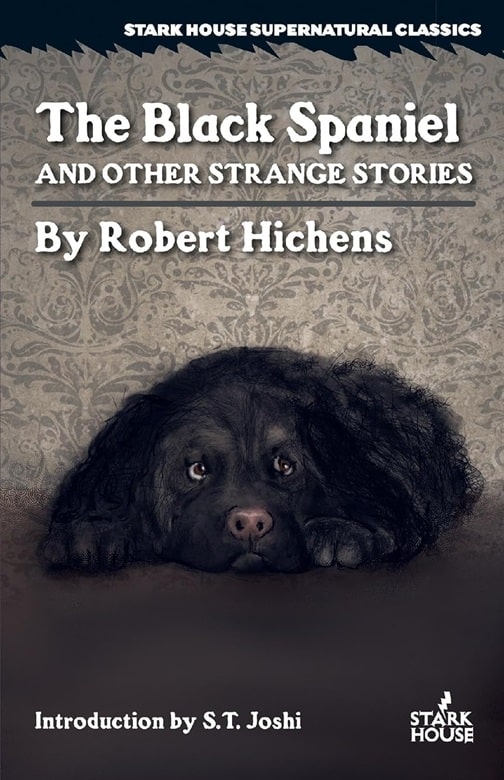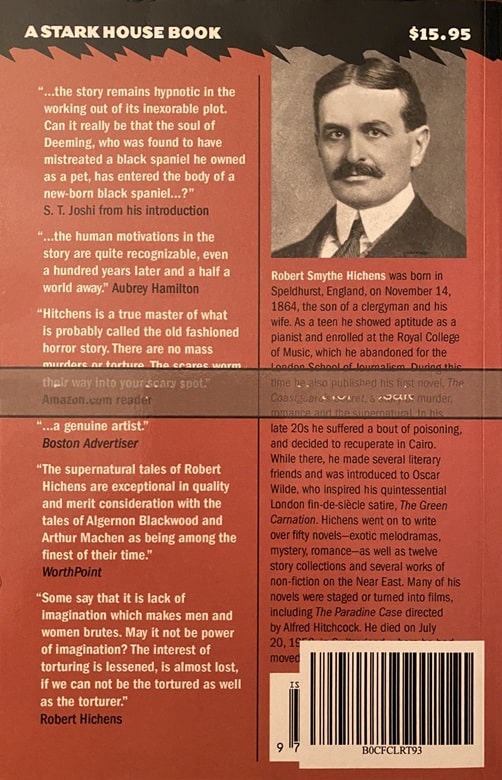Dread Monsters and Sinister Menaces: The Worlds of James H. Schmitz
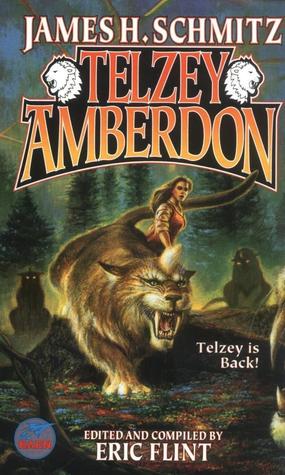 |
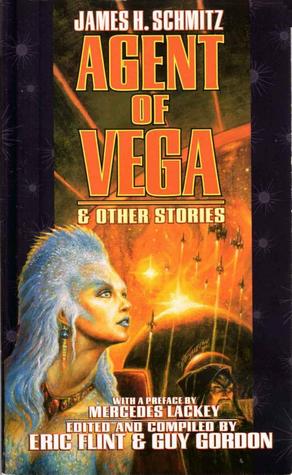 |
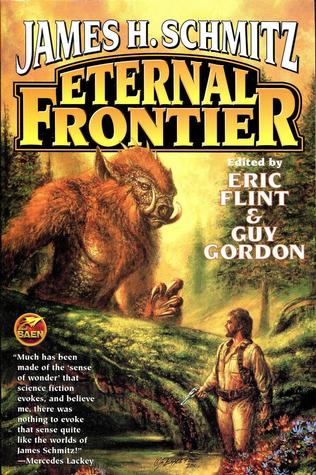 |
Three Bean omnibus reprint volumes featuring James H. Schmitz:
Telzey Amberdon, Agent of Vega and Other Stories, and Eternal Frontier
(March 2000, November 2001, September 2002). Covers by Bob Eggleton
Two years ago I created a Facebook post about a Black Gate Vintage Treasures article on James H. Schmitz’s 1979 novel Legacy. One of the interesting things about Facebook is that you’ll occasionally get comments years later, and that’s what happened this time. On November 3rd of this year Allan T. Grohe Jr. responded to that ancient post with two intriguing questions for me.
John: do you know of any 1/ interviews with Schmitz? — other than the one in Moebius Trip #15 from 1972, which I’m aware of but seems pretty difficult to find, or 2/ literary studies of Schmitz’s works?
I first read Schmitz about 15 years ago, via Eric Flint’s Baen collections, and he ranks up there with Herbert as a worlds-builder, in my estimation! 🙂
Unfortunately I don’t know of any interviews with, or studies of, James Schmitz. But that comment did lead to a broader and very rewarding conversation with Allan, in which I learned about his own writing on Schmitz.
